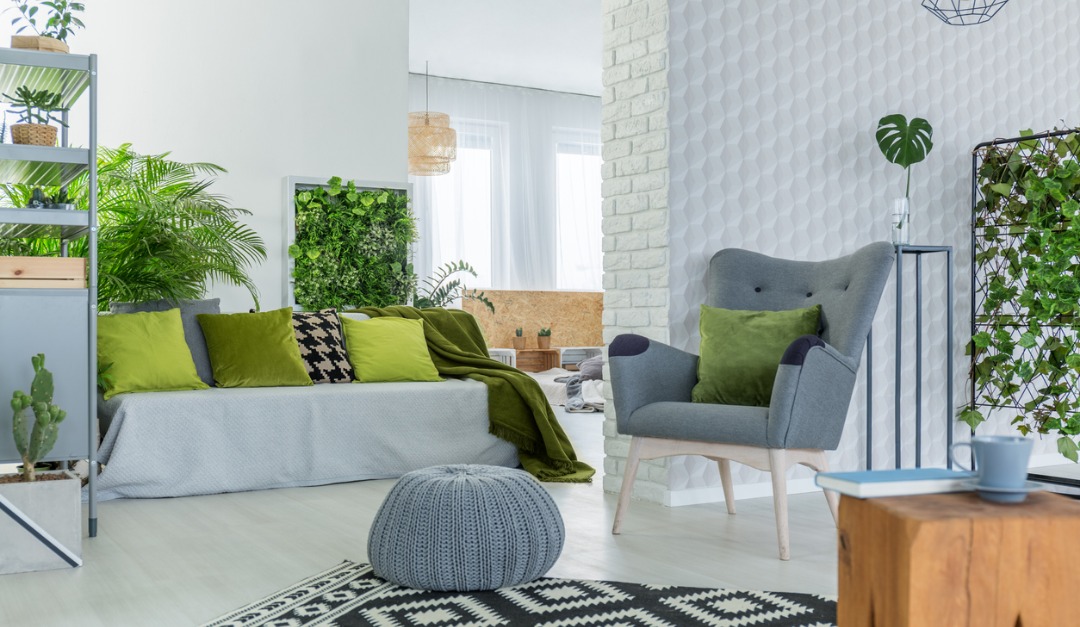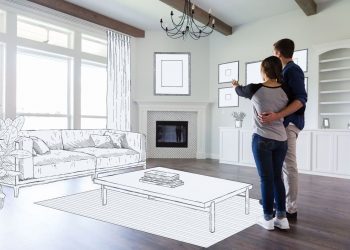The modern world has many advantages, but one issue that many of us are facing, particularly those who spend their days working in front of a computer, is the feeling of being disconnected from the natural world. The good news is that a growing movement known as biophilic design might be just the answer and is being utilized by designers and architects around the world. Cities, in particular, are embracing this trend, and if you’re looking for a living space that will help you reconnect with Mother Nature, here’s what you should know about biophilic design.
The Basics
At its core, this design movement is all about creating a living space that feels like it’s a part of nature. That means much more than just incorporating green spaces. Equal emphasis is placed on using natural materials, such as wood and stone, to capture natural light throughout the day, and simply being able to observe things happening outside, like the sunset or a snowstorm.
Design Solutions
Breaking down the barrier between indoor and outdoor spaces is a big part of biophilic design. A retractable glass wall, for example, can capture sunlight in the winter and in the warmer months be opened up to allow fresh air to flow through the home. Additionally, you can bring the outdoors inside with indoor gardens or living walls. Even feeling connected to animals can play a role in biophilic design, like a koi pond, where you can relax while watching fish or attracting birds and butterflies with specific types of plants.
The Benefits
The main argument, of course, is that when we feel closer to nature we’re more relaxed and in tune with our surroundings. Additionally, biophilic design is considered to be an environmentally friendly solution because it typically requires using clean, natural materials to build homes that use less energy. For instance, if you can design a home to capture a natural breeze, then you may not need air conditioning in the summer. Or, by capturing adequate sunlight through performance glass windows you can reduce the heat required to keep your home warm in the winter. If that’s not enough, it’s an added bonus that this also means lowering your bills.











